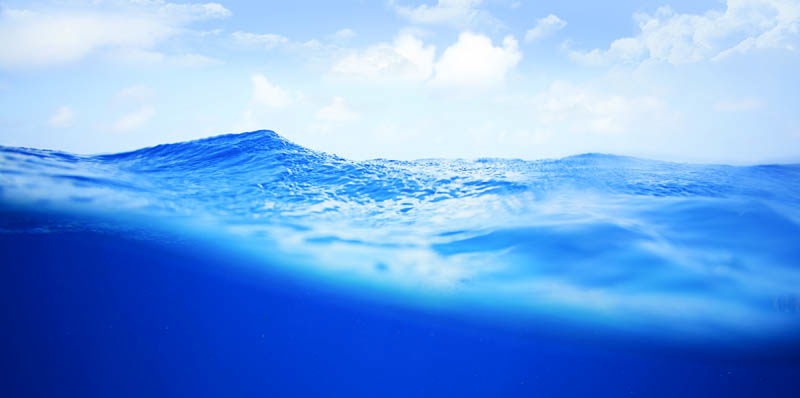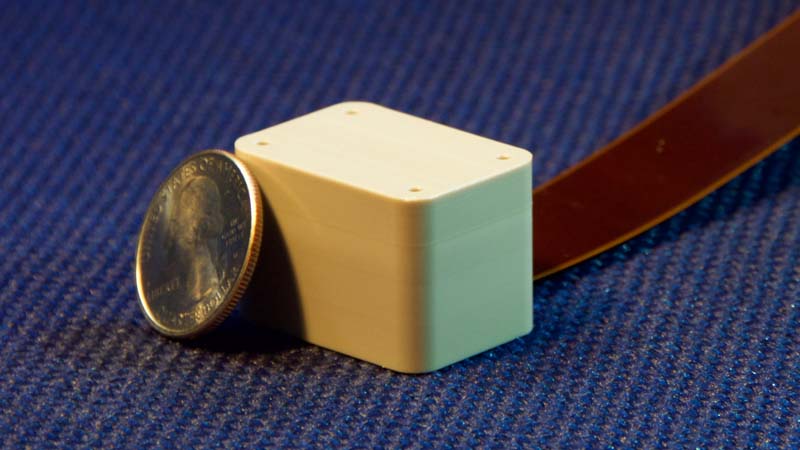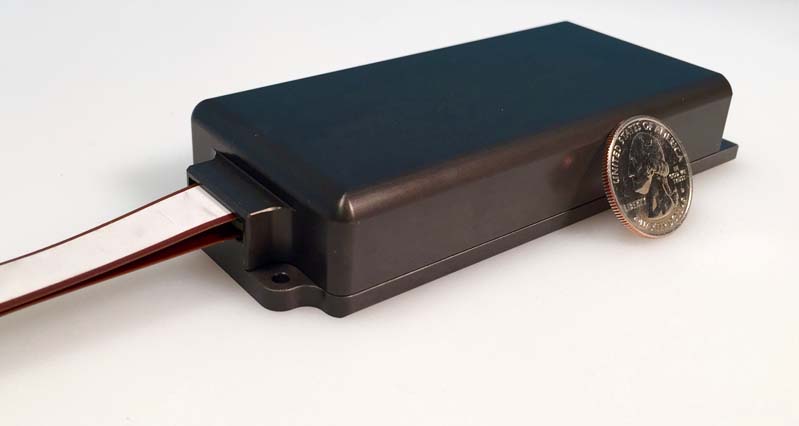May Editorial Focus - Geometrics
Benefits and Applications of Micro-Fabricated Atomic Magnetometers
By: Naiema Jackson, Rahul Mhaskar, and Gretchen C. Schmauder, Geometrics, Inc., San Jose, CA
Recent high-profile situations, including the search for missing MH370 and data “black box” recovery missions to the search for American cargo ship El Faro, illustrate the importance of highly reliable marine magnetometers. Geometrics Inc. introduced its first cesium marine magnetometer in 1997, and researchers and investigators have performed thousands of surveys with them every year since. However, Geometrics’ main marine magnetometer, the G-882 (aka “fish”) does have limitations that may impact a survey. Chief among these is the instrument size and its 30-W power consumption.

We recognized the need for smaller, less energy consumptive products and have completely redesigned the magnetometer to meet this need. Our new device, the micro-fabricated atomic magnetometer (MFAM) uses an order of magnitude less power and weighs less than 250 g. These modifications will greatly increase the applications for which magnetometers may be used.
Total field magnetometers are widely used in geophysical and other surveys where the magnetic field gives an indication of the properties of the subsurface. This includes applications for oil and mineral exploration, unexploded ordnance (UXO) detection and discrimination, and pipeline and cable route surveying. Geometrics is well known for building high-performance, rugged, and long-lasting magnetometer systems. We are continuing this trend with our new MFAM sensor.
The MFAM
A single MFAM sensor is 15 cm3 and its electronics module is 200 cm3. Together the sensor and electronics module weigh less than a pound. Each sensor has 2.5-W power operation and only a single dead zone, which is a polar dead zone of ±30°. The resolution will be outstanding at 1 pT/√Hz and 1 ksps sample rate (1,000 Hz). When two sensors are operated in close proximity, there is no cross-talk interference between the magnetometers. Internal IMU (Inertial Measurement Unit) sensors will provide information on tilt, roll, and survey direction.

A single MFAM sensor; 15 cm3.
One factor limiting the usefulness of magnetometers is that it is not possible to identify an anomaly’s source location from a single reading. This limitation is due to the properties of magnetic fields themselves, especially those that are dominated by the Earth’s field. However, sensor arrays provide far more information about an anomaly, and such information may be used to determine a target’s size and location. This is the principle of magnetic surveying—painstakingly scanning an area with a single sensor, mapping the data, and finally analyzing it. This process is dramatically shortened if researchers collect data using a sensor array, which allows for multiple, simultaneous readings and immediate analysis.
The MFAM’s small size and low power consumption allows surveyors to deploy numerous sensors, reducing the overall survey cost. Additional cost savings are realized through the reduction of crew and ship size. The MFAM sensor is so small that many sensors can be deployed quickly and easily by a minimal number of people and from a vessel of opportunity. Decreased sensor size also allows researchers to tow in a deeper water column and using a thinner tow cable. Cutting down the survey time, as well as the post-processing time, greatly reduces cost. This opens up an enormous range of new opportunities for magnetometer sensors, as target information can be available on the spot.
The MFAM’s application interface module takes many forms, and the ease of use and versatility will allow the surveyors to use their imaginations about ways to integrate their MFAM sensor with other geophysical equipment. Over the next few years, Geometrics will incorporate the new MFAM sensors into all of our magnetometer systems. Customer upgrade kits will be available, permitting customers to upgrade their current sensors to MFAM sensors.
The future of magnetometer surveys
We anticipate that the MFAM will revolutionize geophysical surveying. We’ve partnered with Texas Instruments to produce sensors in high volume, allowing us to pass on the cost savings. Lower prices will give customers an opportunity to purchase multiple sensors at one time. Academic institutions, smaller companies, and individuals will be able to afford a high performance magnetometer sensor for a fraction of the current system’s price. MFAM-equipped drones will become the norm for geophysical work, and we are in the development stage for a drone assembly. This assembly includes a three-point suspension and weighs less than 2 lbs, complete with internal batteries, data logging, and Wi-Fi capabilities.

MFAM Electronics Module; 200cm3.
An up-and-coming area of development in subsea magnetic surveys concerns a collaborative swarm of small, low-power, low-cost, long range AUVs. Such multi-element sensing systems can cover a wide area while simultaneously providing for detailed surveys of local anomalies through intelligent inter-AUV communication. However, such systems require small, low-power, low-cost sensing payloads. In addition to the proposed integration of magnetometer and IMU, realizing such a system requires progress on several fronts, such as low-power, long-range AUVs, underwater communication and real-time decentralized processing and decision-making. It’s encouraging to see rapid progress being made on all these fronts, with our sensors poised to take advantage of other fascinating work in robotic platforms.
Additional applications made feasible by these new devices are security and monitoring applications using real-time data analysis from fixed sensor locations. Data are gathered from arrays large enough to differentiate signals of interest from false alarms.
Conclusion
Micro-fabricated atomic magnetometers, made possible by recent developments in lasers and miniature fabricating technologies, are opening an exciting new realm of application possibilities. Utilized in arrays, data can be analyzed in real-time for a range of applications. The MFAM sensor is not commercially available today. What we currently offer is an evaluation kit to give engineers and developers an opportunity to assess the technology in their specific application. Geometrics is actively looking for beta testers to research and test the MFAM system in their specific application. If you would like to talk with us about your application or learn more about beta testing our revolutionary MFAM technology, please give us a call (408-954-0522) or e-mail us at sales@geometrics.com.

